south china botanical garden
The South China Botanical Garden of the Chinese Academy of Sciences, which belongs to the Chinese Academy of Sciences, is one of the most important botanical and ecological research institutions in China.
The South China Botanical Garden of the Chinese Academy of Sciences, formerly known as the Institute of Agriculture, Forestry and Botany of National Sun Yat-sen University, was founded in 1929 by academician Chen Huanyong, a famous botanist; it was renamed the South China Botanical Research Institute of the Chinese Academy of Sciences in 1954; it was renamed the South China Botanical Garden of the Chinese Academy of Sciences in October 2003; In 2008, the South China Botanical Garden of the Home AAAAAA class tourist attractions.
By the end of 2015, there were 402 employees in South China Botanical Garden of the Chinese Academy of Sciences, including 307 professional and technical personnel (61 senior and 79 vice senior). There are two provincial key laboratories, one provincial engineering and technology research center, one provincial resource bank, one appraisal center, three key laboratories of CAS, four garden-level research centers, and three field ecological observation and research stations. As of August 2015, the South China Botanical Garden Herbarium of the Chinese Academy of Sciences has more than 1 million specimens and 210,000 professional books and periodicals. According to the official website of Botanical Garden in January 2017, since 1979, 1059 postgraduates have been enrolled in South China Botanical Garden of the Chinese Academy of Sciences, including 383 doctoral students and 675 master students. In December 2017, it was selected as the first batch of practical education bases and camps for primary and secondary school students in China by the Ministry of Education.
Historical evolution
In the autumn of 1928, Chen Huanyong set up a plant research laboratory at National Sun Yat-sen University.
In 1929, it was expanded to the Institute of Botany, National Sun Yat-sen University. Later, because "the establishment of botanical research institute belongs to the cause of the Ministry of Research, in order to better meet the purpose of agricultural application, the name of Botanical Research Institute was later crowned"agriculture and forestry".
In June 1954, it was renamed the South China Institute of Botany, the Chinese Academy of Sciences.
In 1955, the Institute set up the Eco-Geophyte Plant Research Laboratory and opened plant physiology.
In 1956, Academician Chen Huanyong of the South China Institute of Botany of the Chinese Academy of Sciences and others established the South China Botanical Garden. In the same year, the Dinghu Mountain Arboretum (Dinghu Mountain National Nature Reserve) was also established, which pioneered the cause of natural reserves in China.
In 1959, the South China Institute of Botany, Chinese Academy of Sciences, established the Xiaoliang Tropical Plantation Ecosystem Positioning Research Station.
In 1962, the Institute set up an additional research laboratory of plant morphology and anatomy.
In 1973, the Institute set up a plant genetics laboratory.
In 1978, the Dinghushan Forest Ecosystem Location Research Station was built by South China Institute of Botany, Chinese Academy of Sciences.
In 1984, the Research Institute established the Heshan Hill Comprehensive Test Station in Heshan.
In 1986, the South China Botanical Research Institute of the Chinese Academy of Sciences and the Guangdong Environmental Protection Bureau jointly established the South China Rare and Endangered Plant Reproduction Center.
In the first half of 2002, China Academy of Sciences successfully entered the pilot sequence of the Knowledge Innovation Project. In December of the same year, the Chinese Academy of Sciences made a strategic adjustment of "two gardens and three gardens", abolishing the establishment system of South China Botanical Research Institute and changing it to that of South China Botanical Garden.
On October 16, 2003, the South China Botanical Research Institute of the Chinese Academy of Sciences was renamed the South China Botanical Garden of the Chinese Academy of Sciences.
In 2008, the South China Botanical Garden of the Chinese Academy of Sciences was awarded the National AAAA Tourist Scenic Spot by the National Tourism Administration.
In 2012, the South China Botanical Garden of the Chinese Academy of Sciences and the Ministry of Environmental Protection signed the agreement of "jointly building the Dinghushan National Nature Reserve in Guangdong Province".
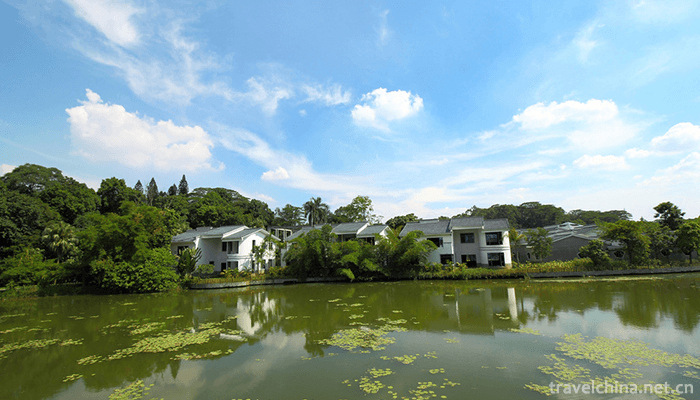
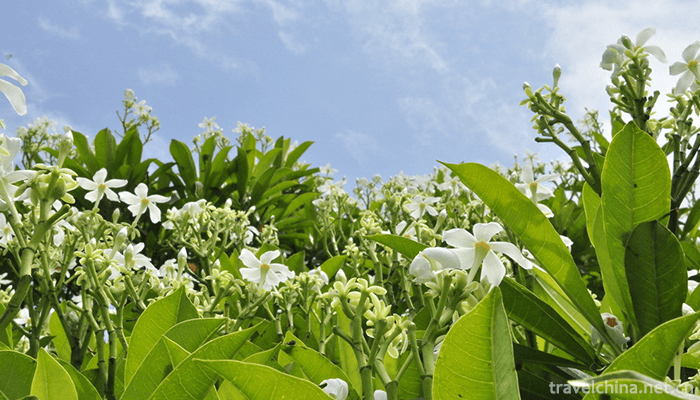
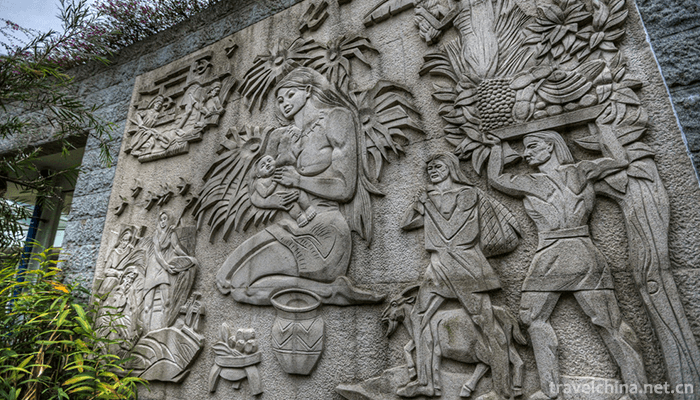
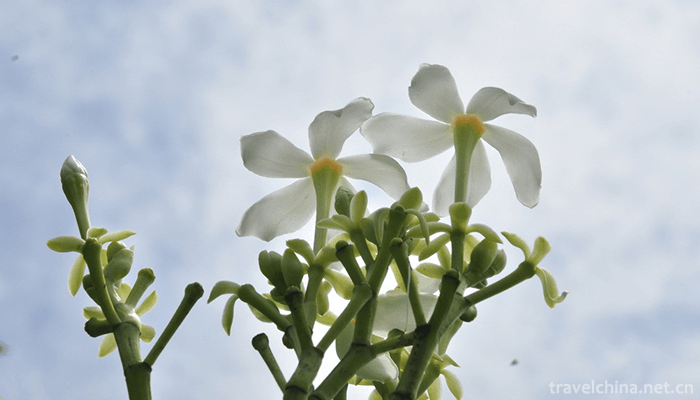
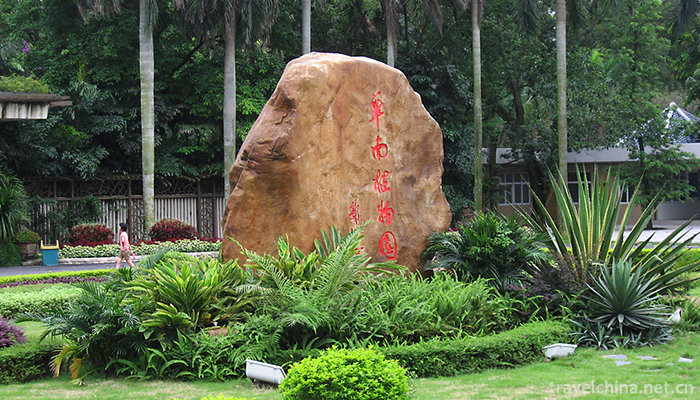
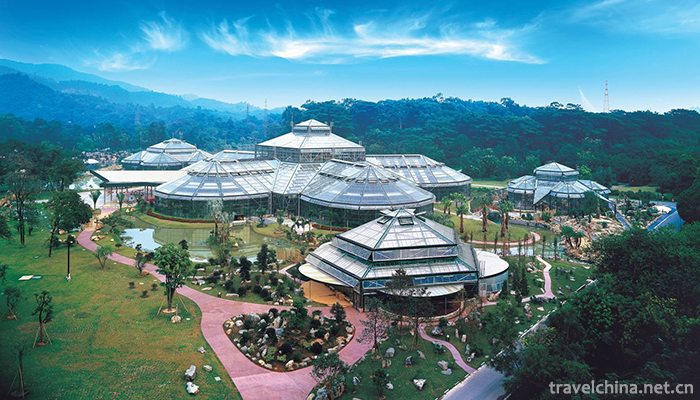
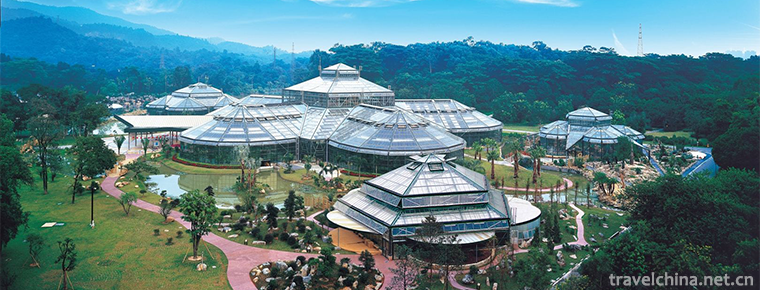
-
1.Cold Noodles with Sesame Sauce
Cold Noodles with Sesame Sauce are also called cold noodles
Time 2018-10-12 -
2.Tiantai Mountain Scenic Area
Tiantai Mountain Scenic Spot, National AAAAA Class Tourist Spot, National Key Scenic Spot, One of China's Top Ten Famous Mountains, National Eco-tourism Demonstration Zone, Zhejiang Top Ten Tourist Sp
Time 2018-12-07 -
3.Four Seasons Hotel Shenzhen
Four Seasons Hotel is an international luxury hotel management group, headquartered in Toronto, Canada. It was founded by Mr. Isado Sharp in 1961. Now it has more than 90 hotels and resorts in nearly
Time 2018-12-16 -
4.Fulaishan Scenic Area
Fulaishan Scenic Spot, located about 8 kilometers west of Juxian County Town, is a national AAAA-level tourist scenic spot, provincial scenic spot, provincial geological heritage nature reserve, and i
Time 2019-01-12 -
5.Shuipo Liangshan Scenic Area
Shuipo Liangshan Scenic Area is located in Liangshan County, Jining City, Shandong Province, with an area of 4.6 square kilometers. It was named for the Liangshan Uprising in Shuihuzhuan, one of the f
Time 2019-02-08 -
6.Jade Buddha Garden
Yufo Garden is a famous tourist attraction in Anshan. It is located in the core scenic area of Yufo Mountain. It covers an area of 270,000 square meters. It is surrounded by mountains on three sides a
Time 2019-03-06 -
7.Horqin Chaoer Epic
Horqin epic is a local tradition of Mongolian heroic epic. It is the only living epic in Horqin area of Inner Mongolia Autonomous Region. "Chao Er Playing Method", "Overtone Playing Met
Time 2019-05-09 -
8.Ningxia Xiaoqu
Ningxia Xiaoqu, a national intangible cultural heritage project, is a traditional rap art form with strong local characteristics.
Time 2019-06-08 -
9.Firing Techniques of Yaozhou Kiln Ceramics
Yaozhou kiln is a treasure of Chinese traditional ceramic technology. It was created in the Tang Dynasty and matured in the Five Dynasties. It reached its peak in the Song Dynasty and declined gradual
Time 2019-07-11 -
10.Corn and sparerib soup
Corn and spareribs soup is a tonic soup, the main ingredients are corn and spareribs, the main cooking technology is stew. Corn can reduce the blood cholesterol concentration and prevent it from depos
Time 2020-03-16 -
11.The position of Panzhihua
Panzhihua City is located at the junction of Sichuan and Yunnan in Southwest China, 26 ° 05 ′ - 27 ° 21 ′ N and 101 ° 08 ′ - 102 ° 15 ′ E. Jinsha River and Yalong River meet here. It borders Huili, Dechang and Yanyuan counties of Liangshan Yi Autonomous Prefecture
Time 2020-12-14 -
12.Guangan transportation
Located at the junction of Sichuan and Chongqing, Guang'an is an important passage from east Sichuan to Chongqing and southward and eastward. It is also an important node on the national "five vertical and seven horizontal" traffic trunk line
Time 2020-12-19